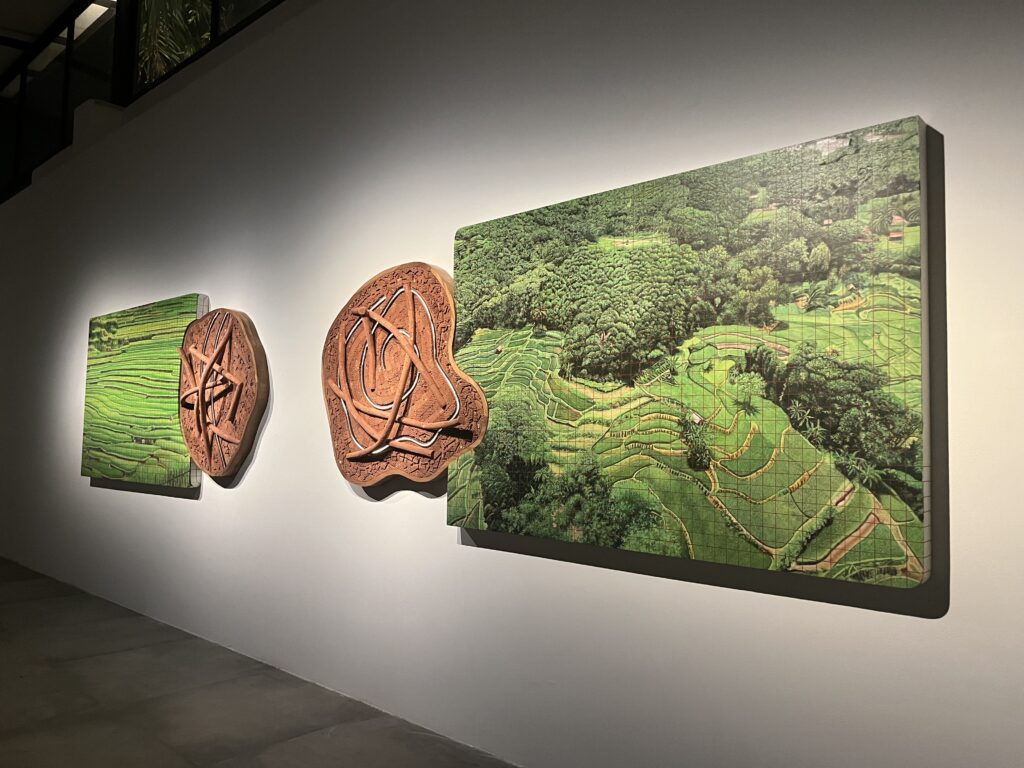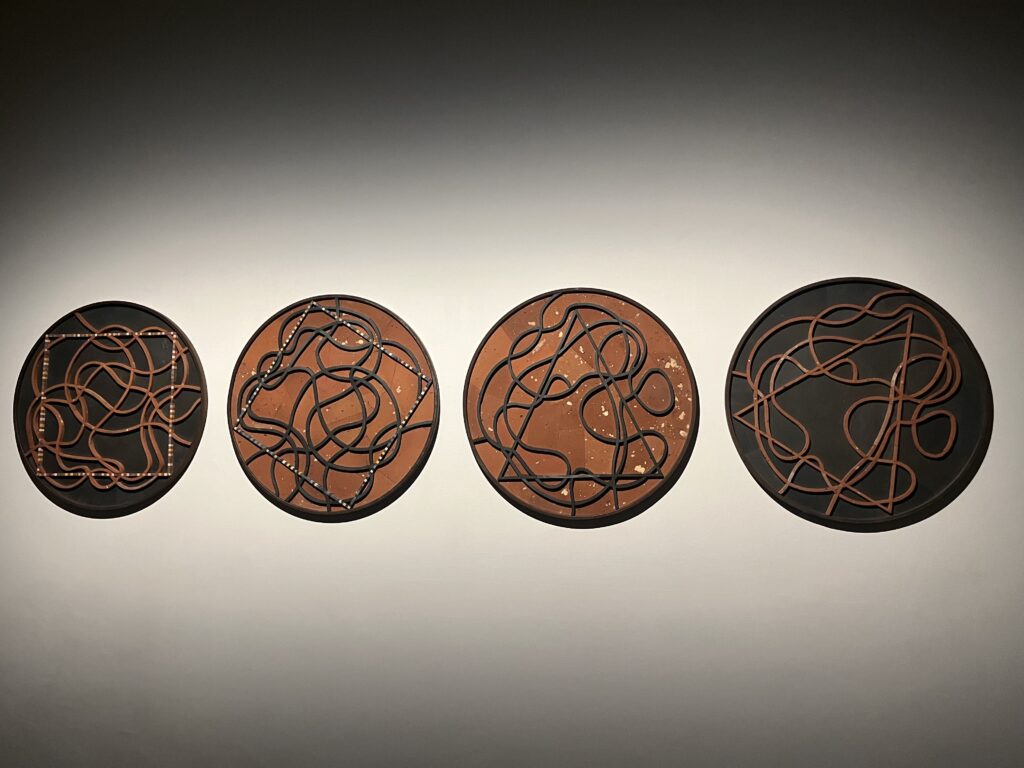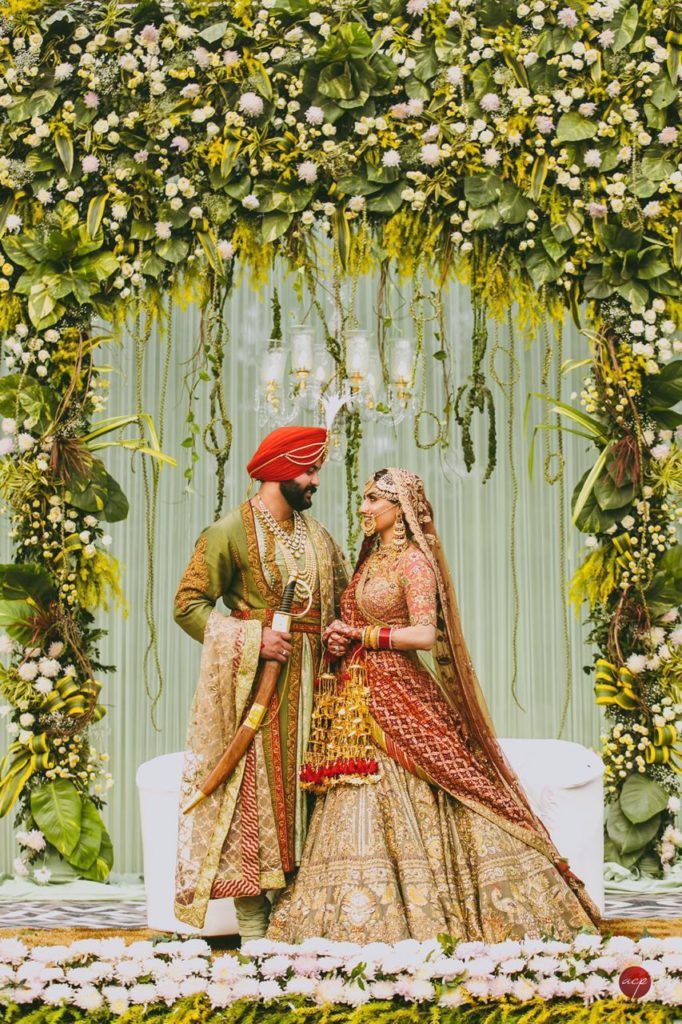In a world of rapid urbanization and environmental degradation, M. Pravat’s solo exhibition, Terraform, offers a poignant and thought-provoking reflection on the delicate interplay between human-made structures and the natural world. Hosted by Stir Gallery, this marks the acclaimed artist’s solo showcase and stands as a bold testament to his unique vision and creativity.
A Multisensory Experience of Materials and Themes
Pravat’s work in Terraform transcends conventional artistic boundaries by blending an eclectic array of materials—bricks, stone, pigment, dust, paintings, LED lights, and found objects—to create evocative pieces that explore the interconnections between urban spaces and nature. Each artwork invites the audience to delve into the recesses and tensions within our built environment, making us confront the consequences of unchecked expansion on our planet’s biodiversity.

A Reflection on Crisis and Sustainability
The exhibition is not merely an artistic endeavor but an urgent call for introspection. Through his work, Pravat addresses the crises affecting our environment, urging viewers to recentre their sensibilities and align their actions toward fostering a sustainable future. The thematic layers in Terraform challenge us to rethink our roles as inhabitants of an increasingly fragile planet.

Why Terraform Matters
In Latin, “terraform” means “to shape the earth,” and Pravat’s exhibition beautifully encapsulates this idea, albeit with a twist. It questions whether humanity’s attempts to reshape the Earth—through urbanization and industrialization—are sustainable in the long term. The works highlight both the resilience of nature and the vulnerabilities it faces due to human activity.
Highlights of the Exhibition
- Dynamic Materiality: By incorporating both natural and industrial materials, Pravat blurs the lines between what is considered organic and synthetic, prompting a dialogue about coexistence.
- Innovative Use of Light: LED lights embedded in the installations add a modern, almost futuristic dimension, contrasting with the rawness of the other materials.
- Symbolic Narratives: Each piece is steeped in metaphor, reflecting not just the artist’s vision but also inviting viewers to interpret the works through their own experiences and environmental concerns.
Stir Gallery: The Perfect Venue
Located in the heart of the art district, Stir Gallery provides the ideal setting for Terraform. Its spacious, contemporary design complements the expansive and multidimensional nature of Pravat’s work, allowing each piece to breathe and resonate with its surroundings.
Why You Should Visit
Terraform is more than an art exhibition; it is a journey through the intersections of creativity, environment, and responsibility. It challenges the viewer to not just appreciate art but also reflect on their role in shaping a sustainable future. For art enthusiasts, environmentalists, and anyone looking for inspiration, this is a must-visit event.
Practical Information
- Exhibition Dates: on view through 25th January, 2025
- Location: Stir Gallery
Don’t miss this opportunity to immerse yourself in the compelling world of M. Pravat’s Terraform and engage with the crucial themes it brings to light. Whether you’re a seasoned art aficionado or a curious visitor, this exhibition promises to leave a lasting impression.





